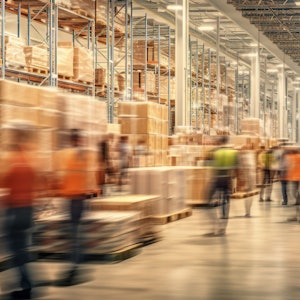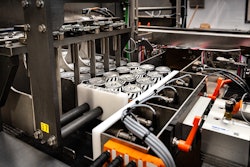The Food & Drug Administration has relied on sterility testing by drug manufacturers to ensure that a drug product will be free of microbial contamination throughout the product's dating period. But the agency has long had concerns about the weaknesses of sterility testing. So now it is proposing to allow manufacturers to use container and closure integrity testing instead. The kinds of tests that are anticipated include physicial or chemical tests such as bubble tests, pressure/vacuum decay, trace gas permeation/leak tests, dye penetration tests, seal force or electrical conductivity, and capacitance tests. In the microbiological category, the tests could include microbial challenge or immersion tests. One of the shortcomings of sterility tests is they detect only viable microorganisms present at the time of the test. And even those microorganisms don't show up unless they are capable of growth in the specified culture media. Container and closure tests can detect contamination that occurred at any time during the product's life. They are less time consuming, too. Sterility tests generally take a minimum of seven days.
Federal 'medicine' for drug errors may be hard to swallow
FDA to ease stability tests for drug packs
Apr 30, 1998
Machinery Basics
List: Digitalization Companies From PACK EXPO
Looking for CPG-focused digital transformation solutions? Download our editor-curated list from PACK EXPO featuring top companies offering warehouse management, ERP, digital twin, and MES software with supply chain visibility and analytics capabilities—all tailored specifically for CPG operations.
Download Now
Annual Outlook Report: Workforce
Hiring remains a major challenge in packaging, with 78% struggling to fill unskilled roles and 84% lacking experienced workers. As automation grows, companies must rethink hiring and training. Download the full report for key insights.
Download Now
Downloads
























